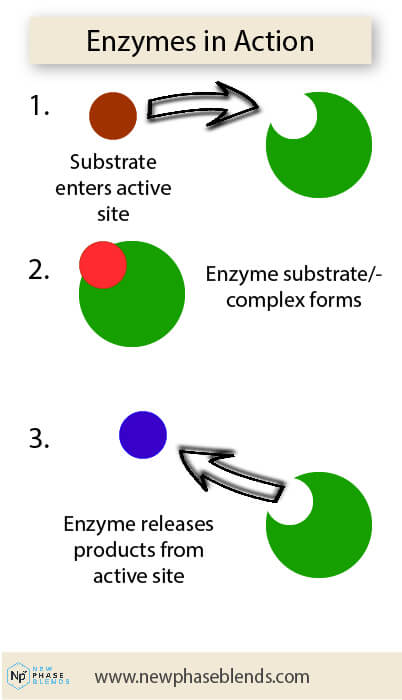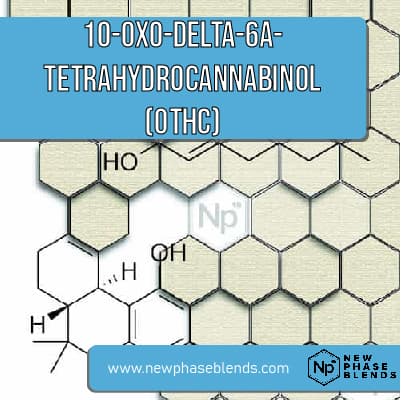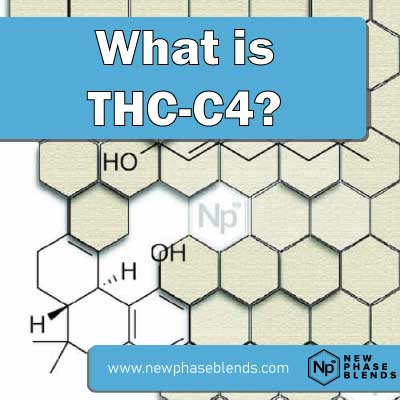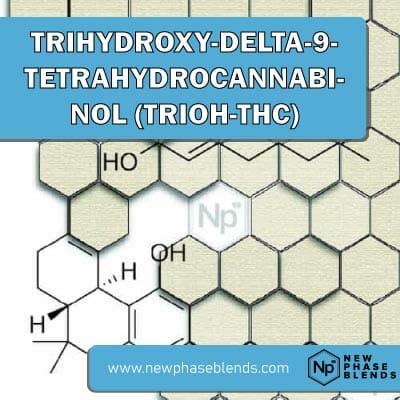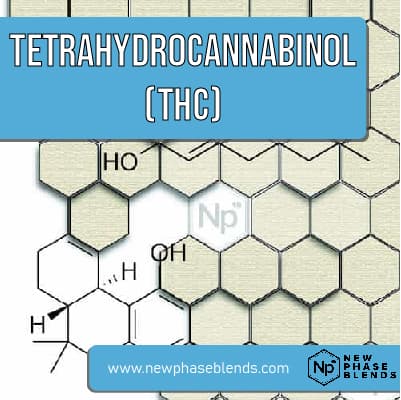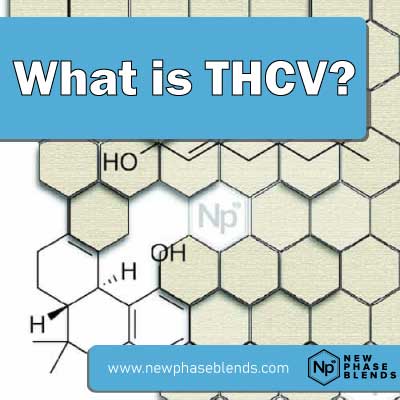10-oxo-delta-6a-tetrahydrocannabinol (OTHC) is one of the recently discovered cannabinoids located within cannabis plants. OTHC is related to the cannabinoid known as tetrahydrocannabinol (THC), yet some of the properties are stated to be different from those of other known compounds.
As a well-known plant chemical with therapeutic effects, tetrahydrocannabinol (THC) is still being studied by researchers to explore the distinctive characteristics and functions of other cannabinoids, like OTHC, in that particular family.
Cannabinoids were discovered in 1940, with OTHC one of the 120 components of CBD now identified. For over 60 years to date, research has been carried out on the cannabis plant. Ongoing CBD experiments have generated OTHC. Precisely why, where, or how this identification was done is a question we cannot answer.
OTHC is produced though the metamorphosis of acidic cannabinoids. This is the process by which cannabinoids directly neutralize from precursors when heat is applied.
Formation of the Cannabinoid O-THC
Several important cannabinoids, including THC, CBD, CBC, and CBG, emerge from cannabigerolic acid (CBGA).
To produce THC, CBGA first undergoes a reaction that produces a compound known as tetrahydrocannabinolic acid (THCA), the immediate precursor of THC. An enzyme called THCA synthase facilitates this reaction.
We do know that it is a THC derivative, but that’s all that we know, for now.
The cannabis plant and respective compounds must be studied and examined thoroughly. Some of these study efforts have been active amidst the continuing fight for the regulation and use of marijuana.
Although some call for restrictions (mostly due to the plant’s ability to psychologically impair humans) doctors have been known to actively recommend it to patients.
As at the moment, we know very little about 10-OXO-DELTA-6A-TETRAHYDROCANNABINOL apart from its chemical structure. However, because it belongs to the THC family, we can make certain assumptions in regards to the intoxicating effects notorious with this class of cannabinoids.
How Does OTHC Work Within Our Bodies?
We don’t know exactly how it works. Neither scientists nor chemists know precisely how OTHC functions.
No recent research has been performed to determine if OTHC is a psychoactive substance or whether it has any medicinal effects. Its functions in the medical field are not yet understood, either.
We can gather from how other forms of THC works, that it is likely the endocannabinoid system can be affected by using OTHC. There are two receptors, the CB1 and CB2 cannabinoid receptors that are able to be triggered by using both cannabinoids (like OTHC) and endocannabinoids (like 2AG).
The need for testing and analysis cannot be a light issue with the cannabis plant on the table for discussion. Testing is what will open the doors to the extent of these compounds’ functions.
Possible Therapeutic Benefits
THC is known for its therapeutic properties. It is used for the treatment of psych activity and conditions like epilepsy.
Although OTHC may seem similar to the mother compounds CBT and THC, we do not know how therapeutic OTHC could be. Medical practitioners have hypothesized the cannabinoid’s value in treating certain medical conditions.
Although the little knowledge we have about the cannabis plant and its compounds is far from being enough, we might as well conclude that OTHC has some advantages of contributing to similar sectors.
Interesting Facts
- The IUPAC name of OTHC is 10-oxo-delta-6a-tetrahydrocannabinol.
- The molar mass is 328.4 g/mol.
References
Chan WR, Magnus KE, Watson HA. The structure of cannabitriol. Experientia. 1976;32(3):283-284. doi:10.1007/BF01940792
Prandi, Cristina et al. “Structure-Activity Relationship of Cannabis Derived Compounds for the Treatment of Neuronal Activity-Related Diseases.” Molecules (Basel, Switzerland) vol. 23,7 1526. 25 Jun. 2018, doi:10.3390/molecules23071526
Back to List of Cannabinoids




